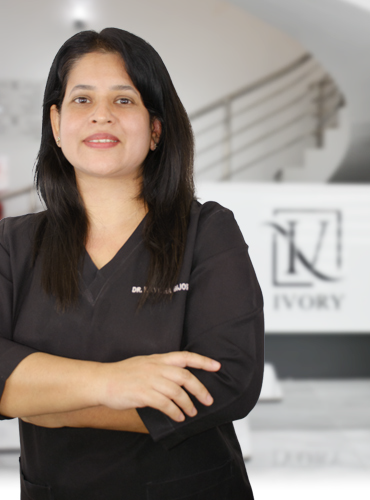Orthodontic

An orthodontist receives special training to fix misaligned teeth. If a dentist refers you to an orthodontist, the inference is that your teeth aren’t quite right. It’s not a big deal at all. You’ll likely receive a recommendation for braces or some other method of straightening your teeth. The orthodontist is the person who does this job.
The most important job for an orthodontist is identifying issues with your teeth and mouth. A gap in your teeth, called a diastema, will grow larger over time. Your teeth will suffer, as the structure of the mouth and gums needs a tight alignment. The orthodontist will try to pull your teeth closer together to correct the issue. Conversely, having too many teeth is equally bad, especially for children. An orthodontist is likely to extract the excess teeth to create better spacing.

An orthodontist has several tools to solve these alignment problems. Braces are the most famous solution. These appliances are bands that encircle the teeth. The orthodontist then bonds brackets on the front of the teeth, and the bands connect to them via wires. In combination, the structures pull teeth into an upright alignment, straightening them over time. The process isn’t immediate, but it’s extremely effective.
If braces aren’t a great option, an orthodontist may use an aligner instead. The best-known example is Invisalign. By design, it’s not visible from a distance, making your smile more attractive. That’s because an aligner doesn’t use metal wires or brackets. Patients like them since they’re removable.
In extreme cases, an orthodontist may treat patients with a palate expander. It widens the arch of the upper jaw, giving the area more space. Another possibility is headgear, a more dramatic solution for misaligned teeth. This device connects the back of the head to a wire in the front of the mouth. Its purpose is to pull back front teeth while slowing an upper jaw in danger of growing too fast.
